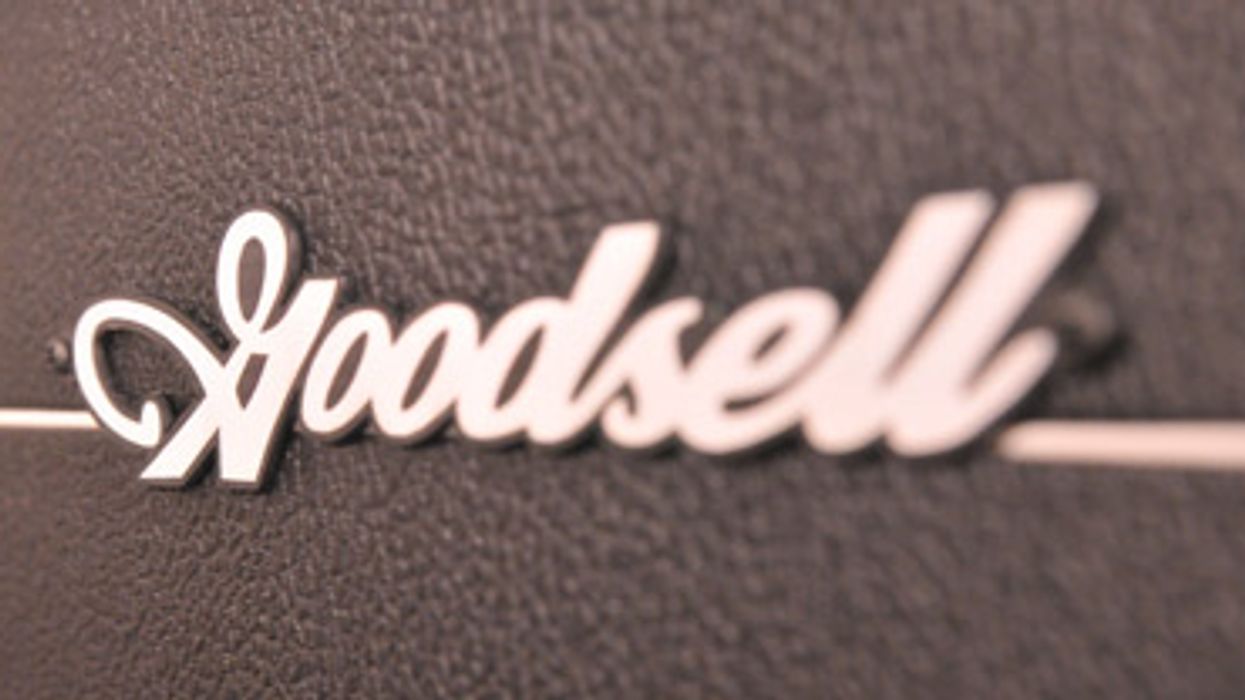Search
Latest Stories
Start your day right!
Get latest updates and insights delivered to your inbox.
amp-50-watt-marshall-goodsell-superseventeen-black-dog-head
Don’t Miss Out
Get the latest updates and insights delivered to your inbox.
Recent
load more

